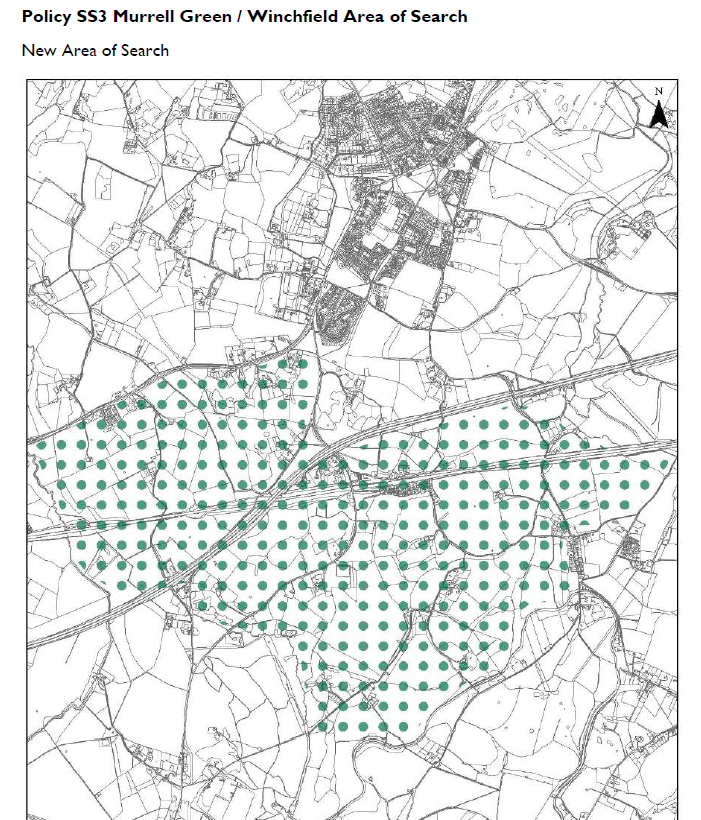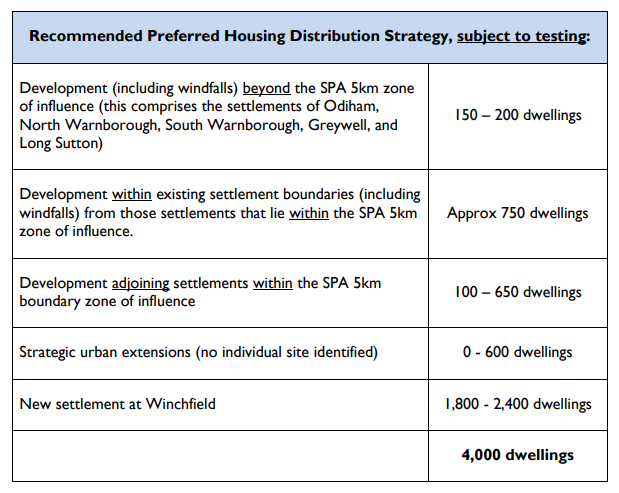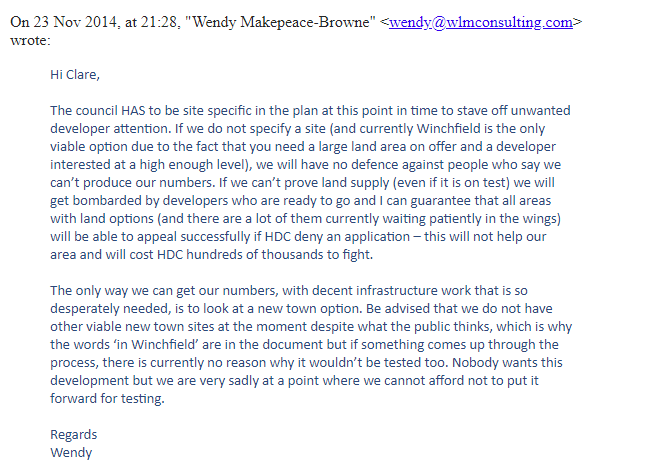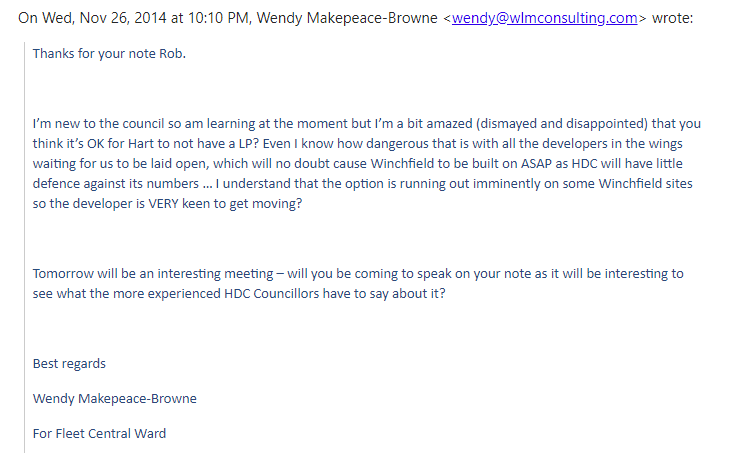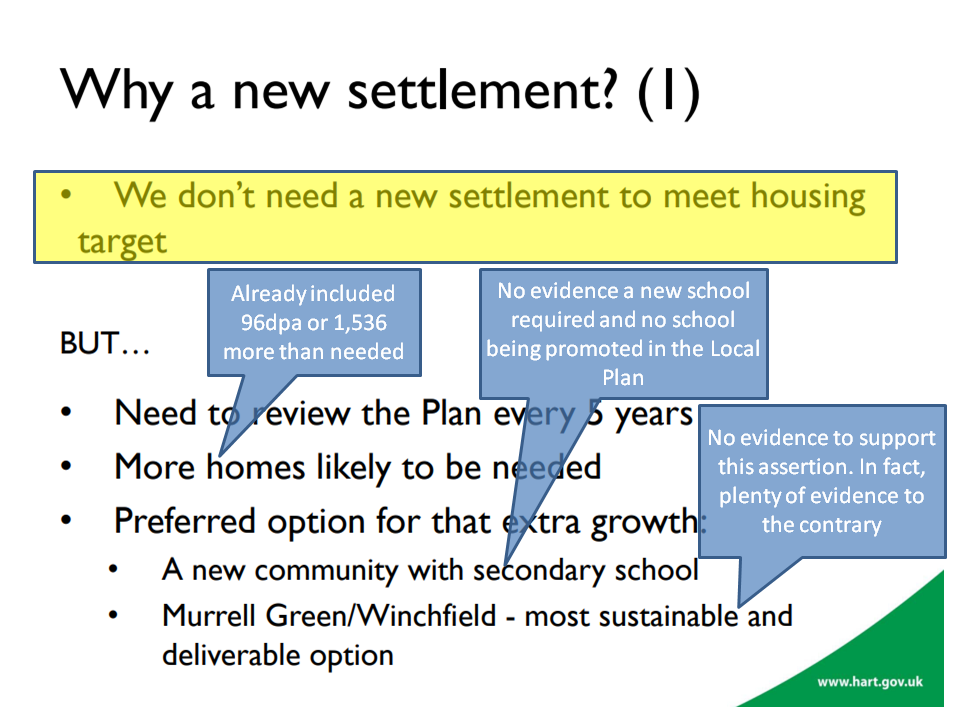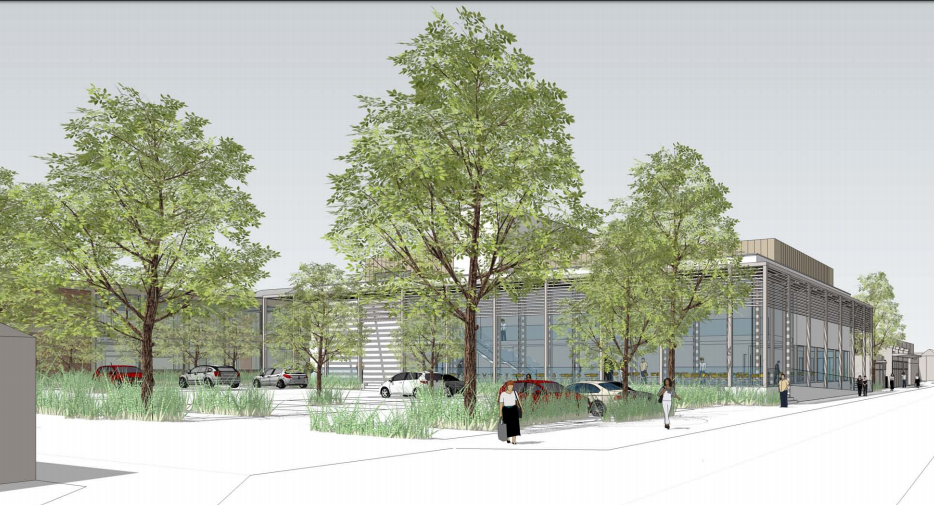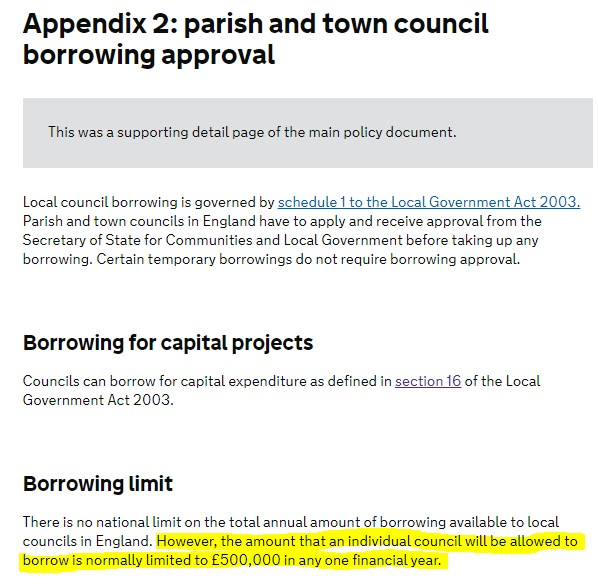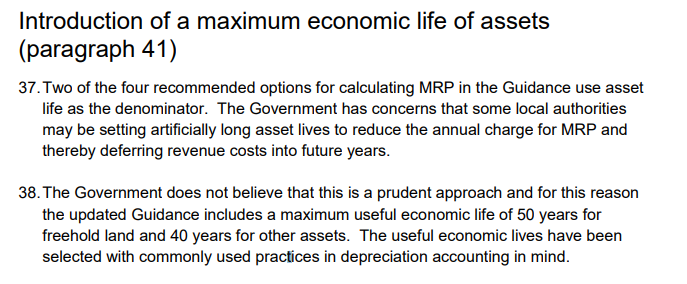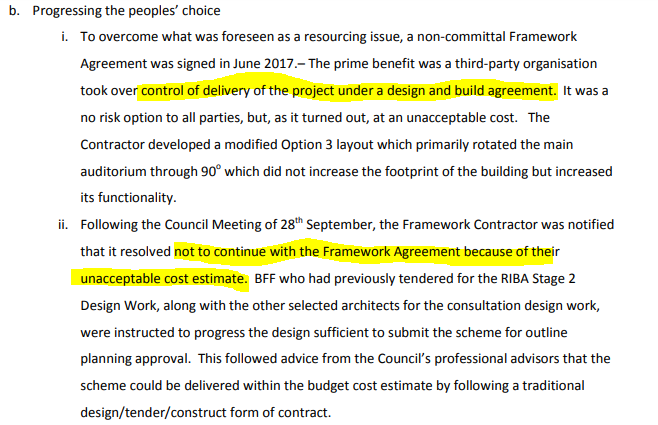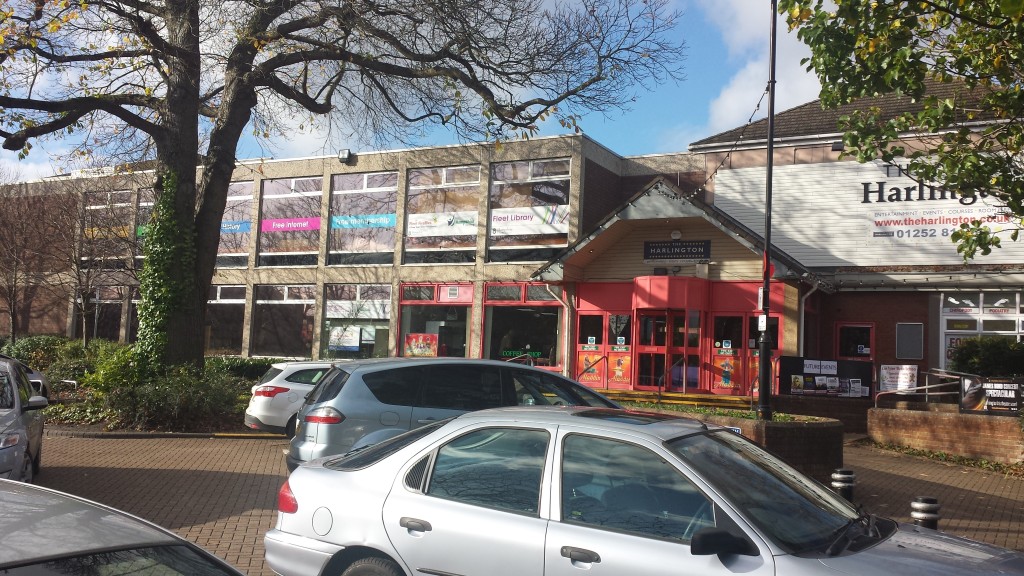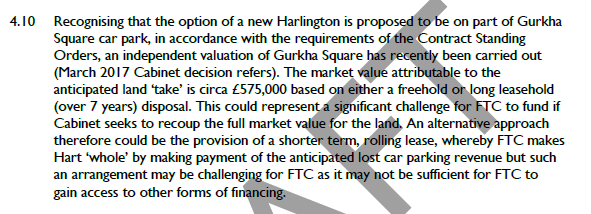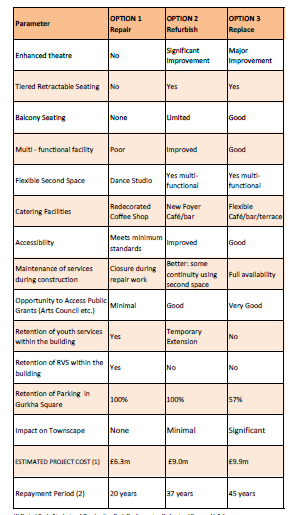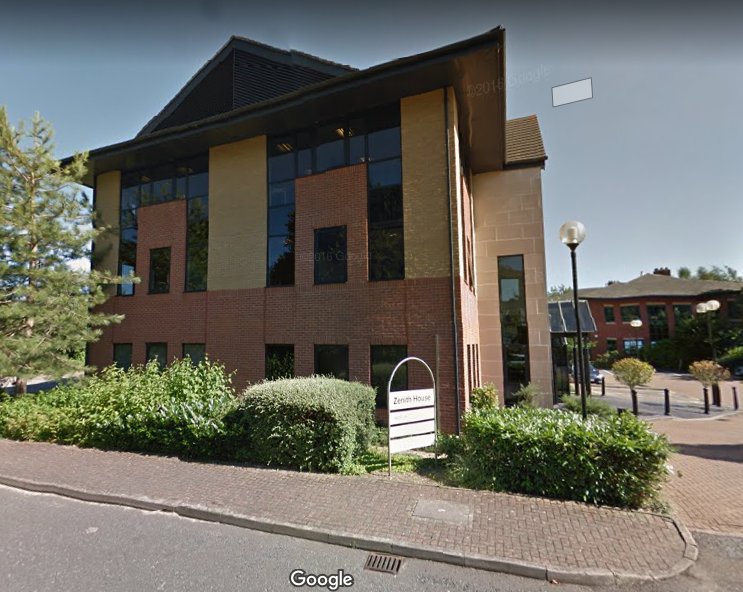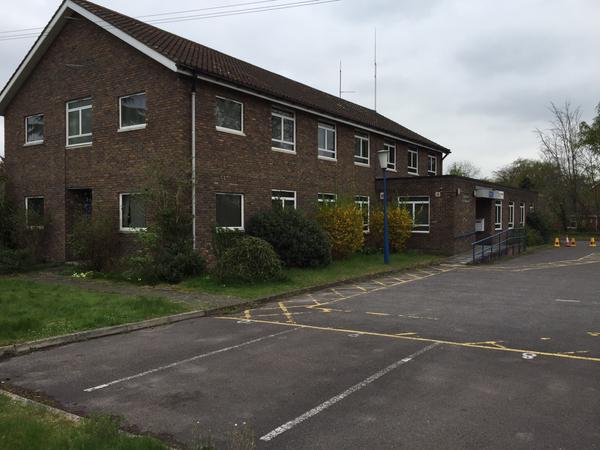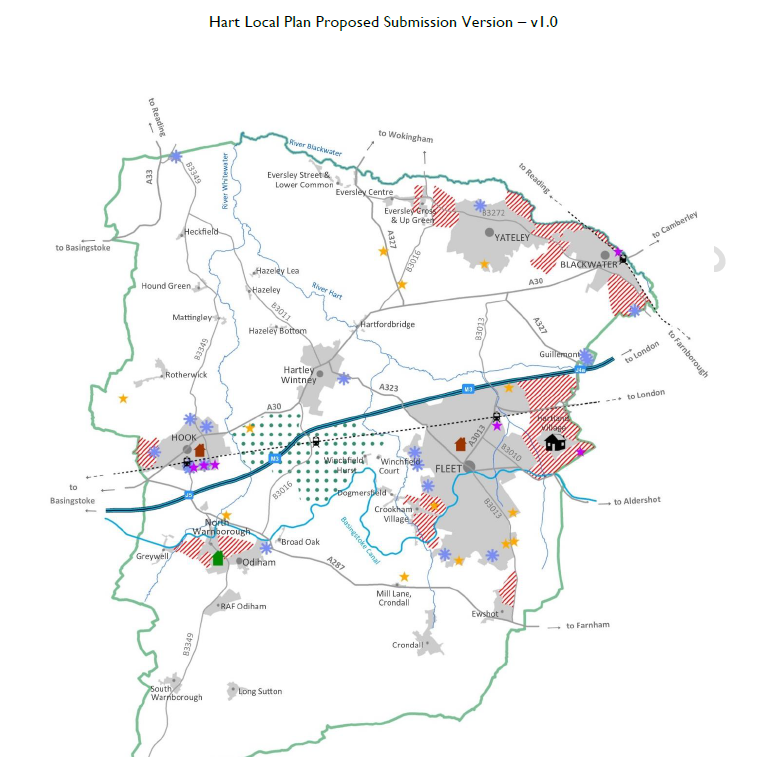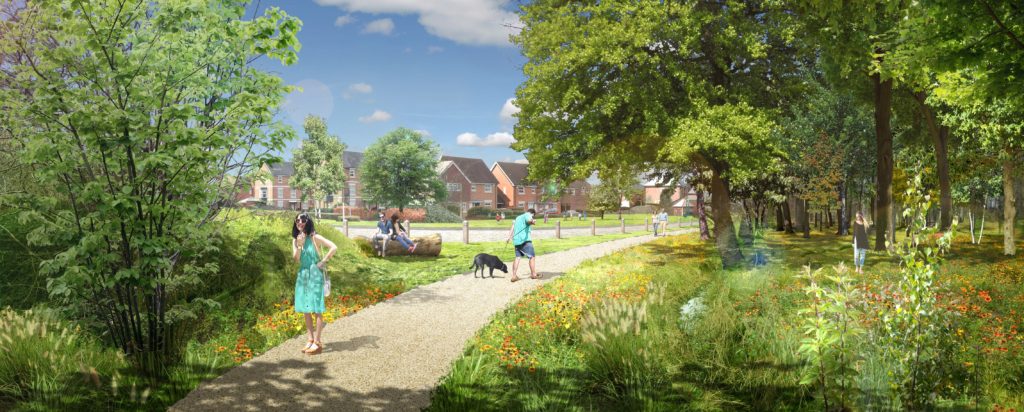Our research for the Hart Local Plan Regulation 19 consultation has thrown up the possibility that the inclusion of the new town is an example of predetermination. We hope to publish our response in full in the next few days, however, we thought readers might be interested in this analysis which is shown below.
If you are keen to get your submission completed, then you might find inspiration in the work of Hartley Wintney Preservation Society or the Winchfield Action Group. These can be found on the downloads below:

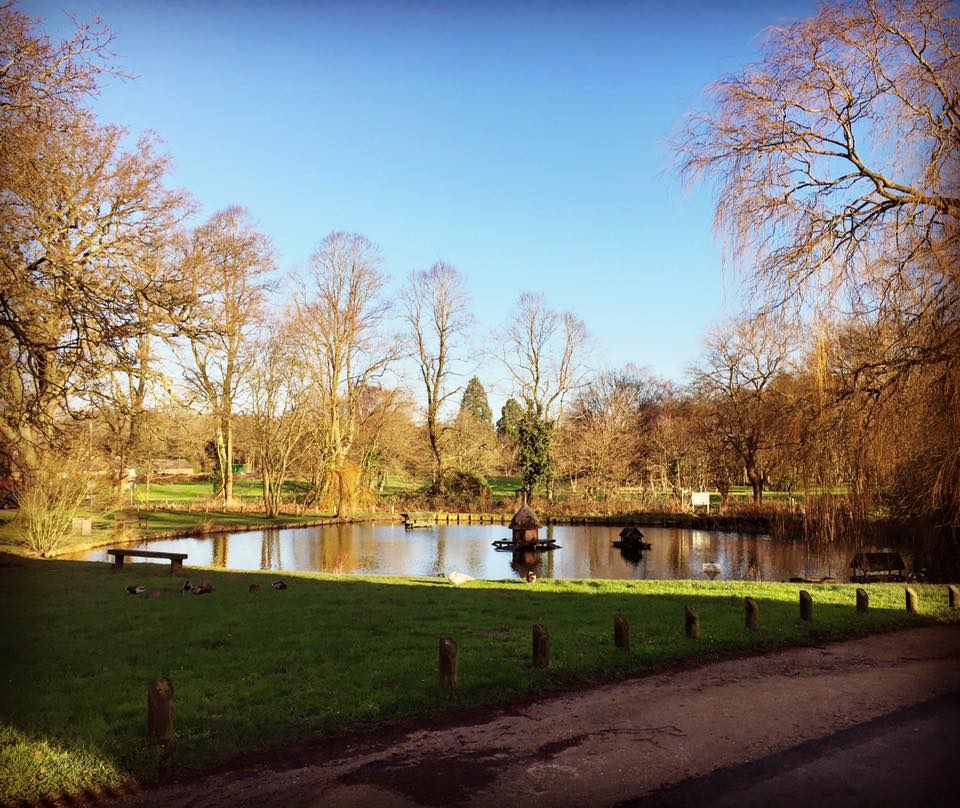
The consultation runs from 9 February 2018 to 4pm on 26 March 2018. The whole suite of documents can be found here.
Now on to our Predetermination research.
Events in November 2014 that indicate Predetermination
Back in 2014, HDC conducted a consultation on housing distribution. This was a non-site specific consultation, with no reference to Winchfield in the Housing Development Options Consultation paper. The council then moved with undue haste to put a paper to Cabinet on 6 November and Council on 27 November where Winchfield was identified as the only option to be tested for a new settlement.
This process was challenged at the time, by amongst others by Hartley Wintney Parish Council. See here.
At the subsequent Cabinet and Council meetings, attempts were made to remove the words “at Winchfield” from the proposed Housing Distribution Strategy.
It is important to note that the removal of these words would not have precluded the testing of Winchfield. They would merely have opened up the possibility of testing other sites. Failure to remove those words amounted to a strong signal that the council were not open to considering suitable alternatives. Indeed, there was no attempt to even identify suitable brownfield sites that might meet some or all of our housing requirement.
The minutes of both Cabinet and Council show that amendments intended to open up other sites for testing failed.
Much debate happened at council. One councillor remarked that the “only option is Winchfield” and removing the words “in Winchfield” would give residents “false hope”.
This is backed up by contemporaneous email exchanges with councillors such as:
Note that although they say they will look at other sites if they come up, they actually vote to exclude that possibility. Indeed some councillors seemed concerned that options to purchase the land may have been due to expire. Maybe this explains their haste to predetermine Winchfield as the sole option for testing.
2016: Draft Local Plan with no new settlement disappears and housing target increases
We understand that in December 2016, a draft Local Plan was produced that did not include a new town at Winchfield or anywhere else. The main reason for this is that despite earlier assertions that there just wasn’t enough brownfield capacity in the district, a planning application for 1,500 new homes on the former Pyestock site had been made. Moreover, a number of office conversions had appeared using Permitted Development Rights. This draft document was rejected by the Community Campaign Hart group and never saw the light of day. The Inspector may wish to request a copy of this document.
This draft was intended to meet the then current SHMA target of 8,022 new dwellings.
Shortly afterwards, it became apparent that the housing target would be increased by more than 2,000 houses. Many people thought the rationale for increasing the housing target by a further 2,000 units was spurious to say the least. However, this meant that it was no longer possible to meet our remaining needs through brownfield development alone.
Lo and behold, later in 2017, a new Regulation 18 consultation was published which included a new settlement at Murrell Green (much of which is in Winchfield Parish boundaries). The Sustainability Assessment test results for Winchfield had to be dragged out of the council using a Freedom of Information request. The SA results for Murrell Green conveniently overlooked the fact that a Major Accident Hazard Pipeline in the form of a high pressure gas main runs through the site. The site schematics included a school built right on top of the gas pipe.
Recent Developments that suggest predetermination
Since the 2017 Regulation 18 consultation, the Government have come up with new proposals to calculate housing need. These reflect much of the criticism we made of the previous attempts at the SHMA. These can be found here, here, here and here. These new targets result in a build rate required of 292dpa over the plan period from 2016-2032 and include an ‘affordability uplift’. Adopting this target would mean that Hart had already granted permission for more houses than is required over the plan period.
Yet, inexplicably, the council has decided to remove the 40% cap on the affordability uplift and introduce a further 25% uplift to give a resultant 388 dpa. Even this inflated target could be easily met without a new settlement. However, policy SS3 has included a new town area of search, even though even the Council admit it is not required (See here, slide 9).
Given all of the history outlined here, it is difficult to come to any other conclusion than certain members of the council had predetermined that they wanted a new settlement and they wanted it at Winchfield. In summary, certain members of the council have frustrated all attempts to test other locations; they have even derailed versions of the Local Plan without a new settlement at Winchfield and ignored all opportunities to avoid concreting over many of the best parts of the district even though even they admit a new town is not required.
It is difficult to avoid the conclusion that certain members of the council had predetermined the outcome from the outset.
